Prevalence of needlestick and sharps injuries in the healthcare workers of Iranian hospitals

Needlestick and sharps injuries (NSIs) are critical occupational risk among health care workers (HCWs), which is extremely worrying due to the potential risk of transmitting bloodborn pathogens (BBPs). This study was carried out to evaluate the prevalence of NSIs among Iranian HCWs” Ghanei Gheshlagh et al (2018). Abstract: BACKGROUND: Needlestick and sharps injuries (NSIs) are […]
PICC complications that occur from insertion to withdrawal
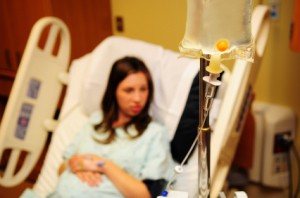
PICC, effective device for central venous access due to the minimal incidence of risks in implantation and to its advantages with regard to the classic central venous catheters, is a further nursing technique” Lacostena-Pérez et al (2018). Abstract: OBJECTIVE: To evaluate the rates and nature of the complications related to the Central Peripheral Access Catheter […]
Peripheral intravenous catheter insertion difficulty and registered nurse performance
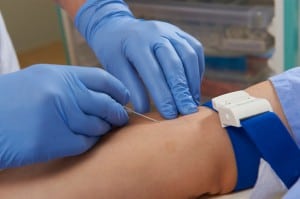
To describe the characteristics, problems, and interventions associated with performing peripheral intravenous catheterisation (PIVC) in difficult situations when registered nurses (RNs) need support from critical care nurses (CCNs)” Engström and Forsberg (2018). Abstract: OBJECTIVES: To describe the characteristics, problems, and interventions associated with performing peripheral intravenous catheterisation (PIVC) in difficult situations when registered nurses (RNs) […]
Elective replacement of intravenous cannula in neonates-a randomised trial

The reported incidence of extravasation injury is as high as 70% in the neonatal and paediatric population and has an association with cannula dwell time” Chin et al (2018). Abstract: Peripheral intravenous cannula (PIVC) insertion is one of the most common invasive procedures performed in neonates and is frequently associated with adverse events. There are […]
Effects of post-surgical parenteral nutrition on patients with gastric cancer
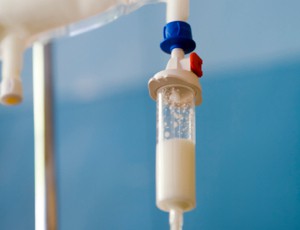
In this study, we investigated the effect of post-surgical parenteral nutrition on patients with gastric cancer (GC) and its possible mechanism” Jin et al (2018). Abstract: BACKGROUND/AIMS: In this study, we investigated the effect of post-surgical parenteral nutrition on patients with gastric cancer (GC) and its possible mechanism. METHODS: A total of 108 patients were […]
Effectiveness of antibiotic-impregnated PICC for CLABSI prevention
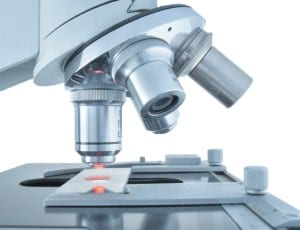
Antimicrobial-impregnated (AIP) peripherally inserted central catheters (PICCs) may lower risk of central line–associated bloodstream infection (CLABSI) compared with nonantimicrobial-impregnated (NAIP) catheters. We sought to assess risk factors for CLABSI with a focus on the effect of AIP PICCs” Kagan et al (2018). Abstract: Background: Antimicrobial-impregnated (AIP) peripherally inserted central catheters (PICCs) may lower risk of […]
Needlestick injury reporting and post exposure procedures
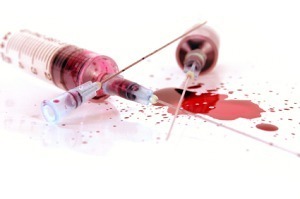
The risk of occupational transmission of bloodborne pathogens to health care workers is primarily associated with needlestick and sharps injuries (NSIs). However, most NSIs are not reported, and most health care workers are not aware of postexposure procedures” Çiçek-Şentürk et al (2018). Abstract: Background: The risk of occupational transmission of bloodborne pathogens to health care […]
Treatment of severe extravasation injuries in preterm neonates
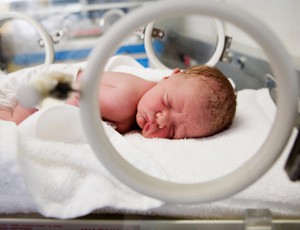
Extravasation injuries occur in 18% to 33%, with 70% in neonates < 27 weeks of gestational age. Despite such frequent use of PIV therapy, evidence on best practice, injury prevention, management, and treatment of extravasations is lacking” Boyar and Galiczewski (2018). Abstract: INTRODUCTION: A peripheral intravenous (PIV) catheter is placed in 60% to 70% of […]
PICC evidence-based care and management project

This project aimed to promote evidence-based practice in the management of peripherally inserted central venous catheters (PICCs) in pediatric and adult patients in an intensive care unit (ICU)” Oliveira et al (2018). Abstract: OBJECTIVE: This project aimed to promote evidence-based practice in the management of peripherally inserted central venous catheters (PICCs) in pediatric and adult […]
CLABSI rate reduction with evidence-based practice

In this article, we describe the agile implementation methodology and present details of how it was successfully used to reduce CLABSI” Azar et al (2018). Abstract: BACKGROUND: Central line-associated bloodstream infections (CLABSIs) are among the most common hospital-acquired infections and can lead to increased patient morbidity and mortality rates. Implementation of practice guidelines and recommended […]
Human factors intervention reduces the rate of unused peripheral IV cannula insertion
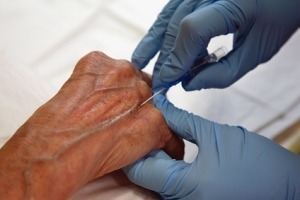
Our objective was to examine the impact of a human factor-designed multimodal intervention on the proportion of unused peripheral i.v. cannula (PIVC) insertion in our ED” Egerton-Warburton et al (2018). Abstract: OBJECTIVE: Our objective was to examine the impact of a human factor-designed multimodal intervention on the proportion of unused peripheral i.v. cannula (PIVC) insertion […]
OPAT services for patients with serious infections who inject drugs
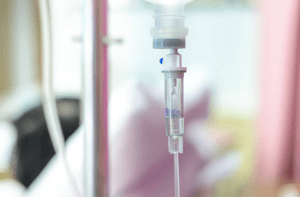
More research is needed to study the safety and effectiveness of OPAT among PWID, as well as studying the combination of OPAT and addiction treatment” Suzuki et al (2018). Abstract: Hospitalizations for people who inject drugs (PWID) with infectious complications requiring prolonged antibiotic therapy are increasing in the context of the opioid epidemic. Although outpatient […]
Intraarticular extravasation following intraosseous needle intravenous access
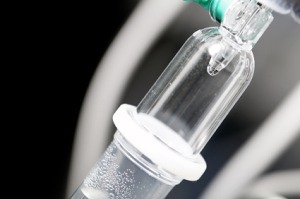
Off label use of intraosseous needles (IONs) for contrast media (CM) injection during computed tomographic angiography (CTA) has been reported in small case series and isolated case reports” Winkler et al (2018). Abstract: Off label use of intraosseous needles (IONs) for contrast media (CM) injection during computed tomographic angiography (CTA) has been reported in small […]
Peripheral IV catheter failure rates reach an unacceptable level

“Most patients admitted to the hospital via the emergency department (ED) do so with a peripheral intravenous catheter/cannula (PIVC). Many PIVCs develop postinsertion failure (PIF)” Carr et al (2018).
Needlestick protocol awareness amongst medical students

Regarding needle-stick injuries, 1165 (63.9%) had been informed on the protocols to follow if an injury occurred. Three hundred forty-nine (19.1%) had suffered needle-stick injuries, only 125 (35.8%) received immediate medical attention at the point of care” Vilar-Compte et al (2018). Abstract: BACKGROUND: Proper immunization and knowledge in infection prevention are key factors in protecting […]
Self-care intravenous therapy combined with OPAT

Kavita Bhavan, M.D., medical director of the Infectious Diseases Outpatient Parenteral Antimicrobial Therapy [OPAT] Clinic at Parkland, says the clinic treats many patients who need intravenous antimicrobial therapy for several weeks to recover from serious infections stemming from illness or injury” Butcher (2018). Abstract: When leaders at Parkland Health & Hospital System in Dallas launched […]
Central venous access and pacemaker interference

We report the case of an 84-year-old male with history of permanent pacemaker placement that interfered with catheter placement in the contralateral central circulation” Studer and Lucero (2018). Abstract: Central venous access is often required in resuscitation of the critically ill or injured. Permanent pacemaker placement has been associated with stenosis of the ipsilateral central […]
Management of CVC associated inadvertent carotid cannulation
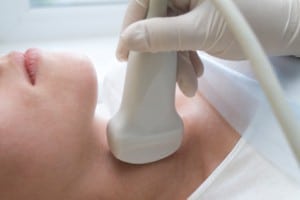
We report 2 cases-a 59-year-old Hispanic man and an 86-year-old white man-of inadvertent placement of a CVC into the left common carotid artery, removed via a pull-and-pressure technique under real-time ultrasound guidance” Libricz et al (2018). Abstract INTRODUCTION: Despite ultrasound use, accidental carotid cannulation is possible during placement of a central venous catheter (CVC), requiring […]
Inferior vena cava diameter as a guide in hypotensive patients for IV therapy

Our aim is to find the correlation and sensitivity of inferior vena cava (IVC) diameter measured by ultrasound to provide a noninvasive method for evaluation of IV among patients with hypotension and hypovolemia in the emergency department (ED)” Chardoli et al (2018). Abstract: BACKGROUND: Knowledge of intravascular volume (IV) status of a hypotensive patient is […]
HAI and colonization in a Vietnamese intensive care unit
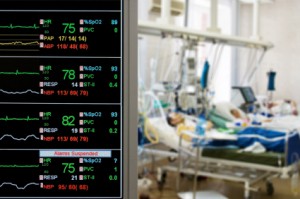
The vascular catheterization (central venous, arterial and hemofiltration catheter) was significantly associated with hospital-acquired bloodstream infection” Thuy et al (2018). Abstract: Data concerning intensive care unit (ICU)-acquired bacterial colonization and infections are scarce from low and middle-income countries (LMICs). ICU patients in these settings are at high risk of becoming colonized and infected with antimicrobial-resistant […]
Midline insertion program can decrease hospital-acquired CLABSI

We recommend hospitals to develop a midline program to help reduce the use of central line catheters when possible to reduce the total number of catheter-days and the CLABSI rate associated with them” Pathak et al (2018). Abstract: BACKGROUND: We propose that substituting central lines with midlines can help reduce the total number of central […]
Massive air embolism while removing a central venous catheter

We experienced the case of a 61-year-old male who suffered from a paradoxical systemic air embolism while we removed a CVC” Seong et al (2018). Abstract: Air embolism is a rare but mostly iatrogenic complication of medical or surgical procedures and may have a serious outcome. On the removal of a central venous catheter (CVC), […]
PICC-associated infection with Escherichia hermannii

Our report discusses a case of bacteremia with Escherichia hermannii identified by Matrix-assisted laser desorption/ionization-time of flight (MALDI-TOF) and RapID™ ONE analysis in a patient getting TPN through a peripherally-inserted CVC (PICC)” Sedlock et al (2018). Abstract: Since its identification as a unique species in 1982, Escherichia hermannii has been implicated as a pathogenic organism […]
Cost of vascular access devices in public hospitals in Queensland

The aim of this study was to quantify the utilisation of vascular access devices in Queensland public hospitals and their associated cost” Tuffaha et al (2018). Abstract: Objective: The aim of this study was to quantify the utilisation of vascular access devices in Queensland public hospitals and their associated cost. Methods: Devices were broadly classified […]
Vascular access and medical devices for transfusion therapy
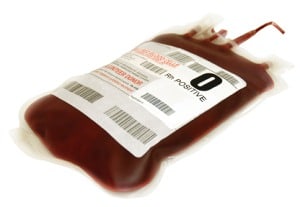
Treatment by blood transfusion first requires an intravenous cannula. Professionals remember the optimal diameter for transfusion (16 to 18G). Practices differ according to the department concerned. Neonatology and paediatric wards use precision filters and put in fine cannulas (24G) with the constraint that this restricts transfusion flow rate” Basset et al (2018). Abstract: Treatment by […]
Clinical impact of the Sherlock 3CG® Tip Confirmation System for PICC placement

PICC placement using the Sherlock 3CG® TCS yielded a high technical success rate and low catheter tip malposition rate regardless of the radiologist’s level of experience or side of insertion” Yamagishi et al (2018). Abstract: Objective: This study was performed to evaluate the technical success rate and catheter tip malposition rate of peripherally inserted central […]
Peripheral intravenous cannula fracture case report

We present a case of broken peripheral intravenous catheter/cannula (PIVC), a well-known, underreported complication of PIVC placement. The fractured cannula could have resulted in intravascular foreign body retention, which is usually iatrogenic” Khoo et al (2018). Abstract: INTRODUCTION: We present a case of broken peripheral intravenous catheter/cannula (PIVC), a well-known, underreported complication of PIVC placement. […]
Effects of thermomechanical stimulation during intravenous catheter insertion

This was an open-label, randomized clinical trial comparing the effects of thermomechanical stimulation (Buzzy) versus no intervention in 105 adults undergoing intravenous (IV) catheter insertion before elective orthopedic surgical procedures” Randomized et al (2018). Abstract: This was an open-label, randomized clinical trial comparing the effects of thermomechanical stimulation (Buzzy) versus no intervention in 105 adults […]
Management of central vascular access devices and guideline compliance
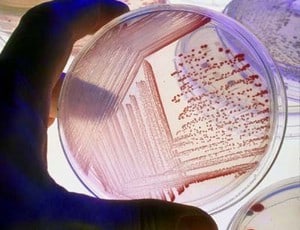
Since 2009, the Department of Continuing Education at the Orthopedic and Trauma Center Hospital in Turin, Italy, has provided a training course for nurses in the management of central vascular access devices (CVADs). The course focuses on dressing and flushing procedures, as well as compliance with other CVAD guidelines” Abstract: Since 2009, the Department of […]
Infusion pump nuisance alarms are disruptive to patient care

The findings of an infusion pump alarm survey indicated that nurses overwhelmingly agree that infusion pump nuisance alarms occur frequently and disrupt patient care” Vitoux et al (2018). Abstract: Between 1983 and 2011, equipment-related alarms in critical care have increased from 6 to 40 different alarm types. As nurses become overwhelmed, distracted, or desensitized by […]

